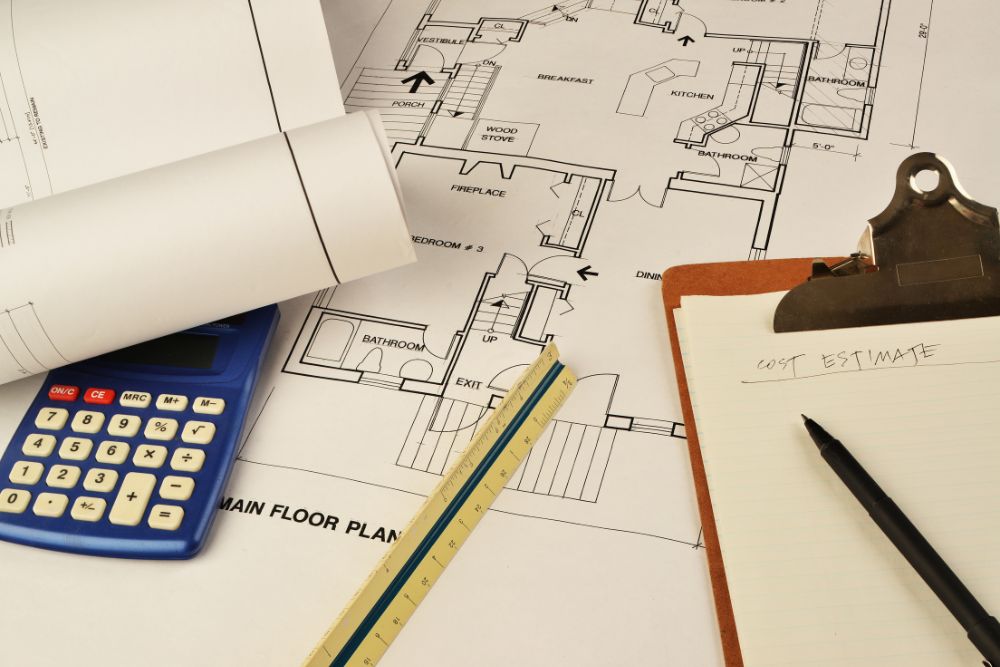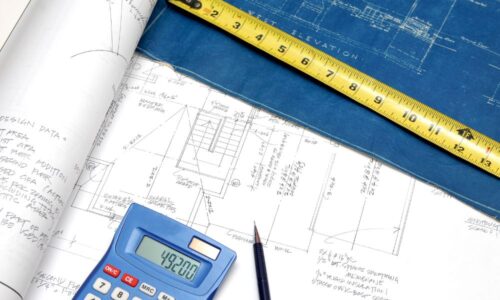In any construction project, whether it’s building a new home, developing a commercial property, or working on a large-scale infrastructure project, accurate estimating is critical. It’s not just about crunching numbers; it’s about setting the foundation for everything that follows—from managing budgets and timelines to delivering quality work on time. Failure to estimate correctly can lead to project delays, cost overruns, and client dissatisfaction, threatening the entire project’s success.
Understanding the Core of Construction Estimating
Construction estimating is the process of forecasting the cost of building a physical structure. Every construction project is unique, so accurate estimation is crucial to ensure that all costs, including materials, labor, equipment, permits, and contingency allowances, are accounted for.
Without a precise estimate, the project is bound to face complications. Misjudging the budget or timeline can quickly spiral into costly problems. Therefore, construction estimating is not just a preliminary step but a vital component of successful project management.

Key Components of a Construction Estimate
There are several key components that go into a reliable construction estimate. These components must be carefully analyzed and calculated to prevent budgetary missteps later in the project. Here are some of the essential components:
- Materials: From concrete and steel to wood and finishes, materials make up a significant portion of the construction cost. The estimator must account for material prices, quantities, and potential price fluctuations due to market conditions or delays.
- Labor Costs: Labor is another major cost factor. Estimators must assess how much labor will be needed, including subcontractors, and how long tasks will take to complete. Misestimating labor time can result in either costly overtime or project delays.
- Equipment and Tools: Depending on the project, heavy machinery and specialized tools may be needed. Estimators need to consider whether equipment will be purchased, rented, or leased and factor in operating costs.
- Overhead Costs: Overhead includes indirect costs such as permits, insurance, administrative expenses, and any costs related to running the construction business that aren’t directly tied to the job at hand.
- Contingencies: Unforeseen issues can and will arise on any construction project. These may include changes in scope, unexpected material shortages, or unfavorable weather conditions. A well-prepared estimate will include a contingency budget to accommodate these potential disruptions.
Why Accurate Estimating is Essential for Project Success
The consequences of inaccurate estimates can be severe. Below are several reasons why accurate construction estimating is fundamental to project success:
Avoiding Budget Overruns
The most obvious benefit of accurate estimating is the ability to stay within budget. Construction projects already operate on thin margins, and any deviation from the initial cost estimate can eat into profits. Without a detailed and accurate estimate, contractors run the risk of exceeding the budget, leading to financial strain or potential legal disputes.
Enhancing Project Planning and Scheduling
Accurate cost estimation is closely tied to effective project planning. By understanding the costs associated with different phases of the project, construction managers can allocate resources more effectively and set realistic schedules. This minimizes downtime and ensures that resources are utilized efficiently.
Building Client Trust
Clients rely on accurate estimates to make informed decisions about whether to proceed with a construction project. Providing an estimate that is far from reality can damage trust and lead to client dissatisfaction. Inaccurate estimates could result in costly change orders, delays, and potential legal issues, all of which can tarnish a builder’s reputation.
Maximizing Profit Margins
Accurate estimating helps contractors understand where they can maintain or improve profit margins. By understanding the full cost of materials, labor, and overhead, they can make better decisions on pricing, adjust for potential cost increases, and maintain profitability.
The Role of Technology in Modern Construction Estimating
In recent years, technology has played an increasingly important role in the construction industry, especially in the field of estimating. Here are some ways modern technology is transforming the accuracy and efficiency of construction estimating:
Estimating Software
Estimating software can automate much of the time-consuming data entry that traditional estimating methods require. These tools allow contractors to build detailed estimates more quickly and with greater accuracy. They often come with pre-built templates that can be customized to fit specific project needs, reducing the likelihood of human error.
Building Information Modeling (BIM)
BIM is revolutionizing the way construction projects are designed and managed. By creating a digital representation of a project before breaking ground, BIM allows estimators to visualize the entire build, assess material needs, and better predict potential challenges. This level of detail leads to more accurate estimates and helps project managers allocate resources more effectively.
Cloud-Based Collaboration Tools
With cloud-based estimating tools, different stakeholders in a project—owners, contractors, architects, and engineers—can access real-time data, collaborate on estimates, and ensure everyone is on the same page. This reduces the chance of miscommunication and helps prevent costly errors.

Common Pitfalls in Construction Estimating
Despite the advancements in technology, estimators must remain vigilant about common mistakes that can lead to inaccurate estimates. Here are some of the most frequent pitfalls:
Underestimating Contingencies
Even the best-laid plans can go awry. If estimators fail to adequately account for potential disruptions or unforeseen costs, they risk blowing the budget. A good rule of thumb is to set aside 5-10% of the total budget for contingencies.
Overlooking Labor Costs
Labor costs are notoriously difficult to estimate accurately. From scheduling conflicts to labor shortages, these costs can quickly escalate if not carefully managed. Estimators need to factor in overtime, potential hiring difficulties, and other variables when calculating labor costs.
Ignoring Market Trends
Material costs fluctuate based on market conditions, and failure to account for these variations can lead to inaccurate estimates. Keeping a close eye on industry trends, supply chain issues, and regional economic conditions can help estimators make more informed decisions.
Case Studies: Real-World Examples of Successful Estimating
To better understand the importance of accurate estimating, let’s look at some real-world examples where proper estimation techniques led to project success:
Case Study 1: Residential Project
In a recent residential development, the contractor used advanced estimating software to account for every detail, from material costs to labor. By leveraging historical data and real-time market analysis, they were able to create an accurate budget and timeline. As a result, the project was completed under budget and ahead of schedule, boosting the client’s satisfaction.
Case Study 2: Commercial Construction
A commercial contractor faced challenges with rising material costs due to supply chain disruptions. However, by factoring contingencies into their estimate and using cloud-based collaboration tools to adjust their budget in real-time, they successfully navigated these challenges and delivered the project within budget.
The Future of Construction Estimating
As the construction industry continues to evolve, so too will the tools and techniques used for estimating. The future of construction estimating will likely include even more automation, AI-driven insights, and data-driven decision-making. By embracing these advancements, contractors can improve accuracy, reduce risk, and increase profitability.
Conclusion: The Value of Accurate Estimating
Accurate estimating is the cornerstone of a successful construction project. By accounting for every detail, from materials and labor to contingencies and overhead, estimators provide a clear roadmap for project managers to follow. Leveraging technology and avoiding common pitfalls ensures that projects stay on budget and on schedule, helping contractors deliver quality work that exceeds client expectations.




